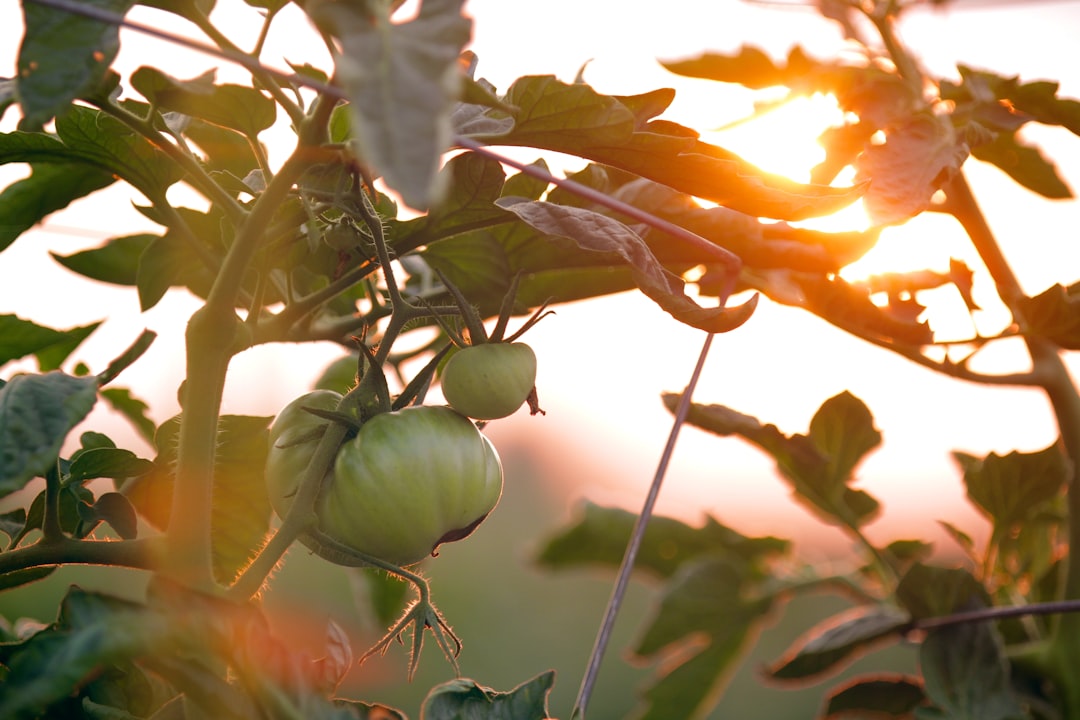Community gardens are much more than shared spaces for growing food—they are dynamic centers of community engagement and environmental stewardship. Successfully organizing and managing a community garden requires not only a passion for plants but also effective governance, robust communication, and a spirit of collaboration. In this post, we explore strategies to help community garden organizers create a well-run, inclusive, and resilient project that benefits both the environment and the neighborhood.
Establishing Effective Governance
Defining Clear Roles and Responsibilities
A key component of a successful community garden is a robust governance structure. From the outset, clearly defined roles help ensure that responsibilities are shared fairly and that everyone understands how they contribute to the garden’s success. Consider establishing roles such as:
-
Project Coordinator: Oversees overall operations, from strategic planning to daily management.
-
Volunteer Manager: Recruits, trains, and schedules volunteers to maintain continuity and build community capacity.
-
Finance Chair: Manages the budget, handles fundraising efforts, and keeps financial records transparent.
-
Garden Stewardship Team: A dedicated group responsible for maintenance, plot assignments, and enforcing garden guidelines.
These roles can be filled by elected members, volunteer assignments, or a mix of both, allowing for a flexible governance model that adapts to the community's evolving needs.
Creating Garden Bylaws and Policies
To avoid misunderstandings and conflicts later on, it’s essential to establish a set of bylaws or guidelines that everyone agrees upon. These might include:
-
Usage Policies: Rules regarding plot assignments, shared tools, and designated work times.
-
Conflict Resolution Processes: Clear procedures for handling disputes, ensuring that issues are addressed fairly and promptly.
-
Maintenance Requirements: Expectations for volunteer participation and responsibilities, from daily upkeep to seasonal tasks.
-
Decision-Making Protocols: How decisions are made—whether by consensus, voting, or a designated committee—ensuring that all voices are heard.
Documenting these guidelines and making them easily accessible fosters transparency and accountability within the community.
Enhancing Communication Channels
Regular Meetings and Updates
Effective communication is the lifeblood of a thriving community garden. Hold regular meetings to discuss projects, troubleshoot problems, and plan upcoming events. Whether in-person, via video calls, or community bulletin boards, these meetings ensure that everyone is on the same page and has an opportunity to share their insights.
-
Monthly Gatherings: A set schedule can provide structure, such as monthly meetings that cover progress, challenges, and new initiatives.
-
Digital Communications: Use email newsletters, social media groups, or messaging apps to keep members informed of schedule changes, weather alerts, or important decisions.
-
Feedback Mechanisms: Implement regular surveys or suggestion boxes to gather feedback from community members about governance, management practices, and overall satisfaction.
Transparent Information Sharing
Transparency builds trust. Make key documents—such as budgets, meeting minutes, and bylaws—available to all garden participants. This practice not only fosters an inclusive atmosphere but also encourages members to take an active role in shaping the garden’s future.
-
Open Records: Share agendas and minutes post-meetings and update community members on progress toward goals.
-
Clear Communication Channels: Establish a clear chain of communication so that members know where to direct questions or concerns.
Fostering a Collaborative Environment
Building a Culture of Inclusivity
Community gardens thrive on collaboration, and fostering a culture of inclusivity helps build a resilient network. Encourage all members to participate in decision-making and volunteer activities, regardless of their gardening expertise or previous involvement.
-
Workshops and Training: Offer educational programs that empower members with skills ranging from organic gardening to leadership development.
-
Inclusive Events: Host social events, potlucks, or community workdays that bring members together and build personal connections.
Collaborative Projects and Shared Initiatives
Collaboration extends beyond day-to-day garden management—it’s about building long-term projects that enhance both the garden and the community. Consider collaborative initiatives such as:
-
Community Harvest Festivals: A celebration that not only marks seasonal changes but also serves as a forum for sharing gardening successes and challenges.
-
Local Partnerships: Collaborate with schools, non-profits, or local businesses to create educational programs, secure funding, or promote sustainability.
-
Cross-Garden Networks: Connect with other community gardens in nearby areas to share resources, exchange advice, and build a larger network of urban agriculture advocates.
These initiatives can bolster resources, inspire innovation, and deepen the sense of community ownership.
Overcoming Challenges Through Adaptive Management
Problem-Solving and Flexibility
No community garden is without its challenges. Managing diverse expectations, handling resource constraints, or addressing conflicts are common issues. A flexible approach to management—where policies and plans are regularly reviewed and updated—is essential to overcome these challenges. By maintaining open channels for dialogue and fostering a culture of continuous improvement, your community garden can adapt and flourish even in uncertain times.
Celebrating Successes
Celebrating achievements, big or small, can significantly boost morale and engagement. Recognize volunteers, highlight garden milestones, and share success stories regularly. These celebrations reinforce the value of collaborative efforts and can motivate the community to continue contributing towards shared goals.
Conclusion
Organizing and managing a community garden requires careful thought about governance structures, effective communication, and a collaborative spirit. By establishing clear roles, creating transparent channels of communication, and fostering an environment of inclusivity and joint effort, community garden leaders can build a sustainable, vibrant space that benefits all participants.
A well-managed community garden not only produces fresh food and beautifies urban landscapes but also cultivates enduring relationships, empowers individuals, and creates a legacy of shared stewardship. Whether you’re just starting out or looking to improve an existing garden, embracing these practices can help your community garden thrive, inspiring other neighborhoods to follow suit.
Embrace the journey of shared growth and watch as your community garden becomes a flourishing testament to the power of collective action and collaboration.

Comments
No comments yet. Be the first to comment!
You must be logged in to comment. Login